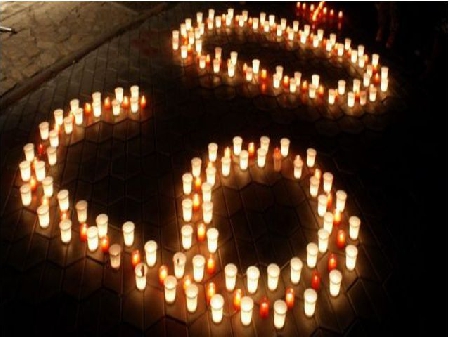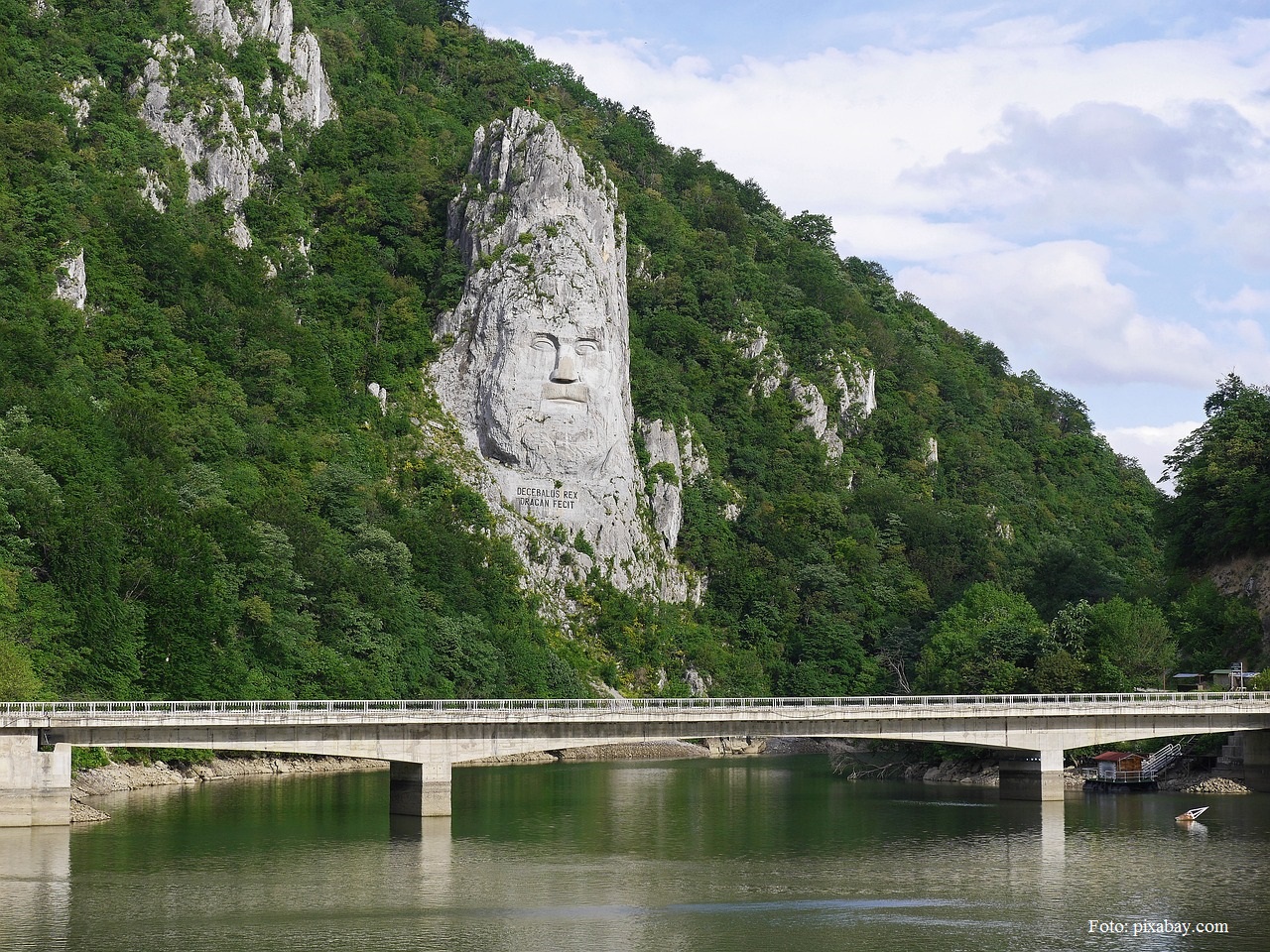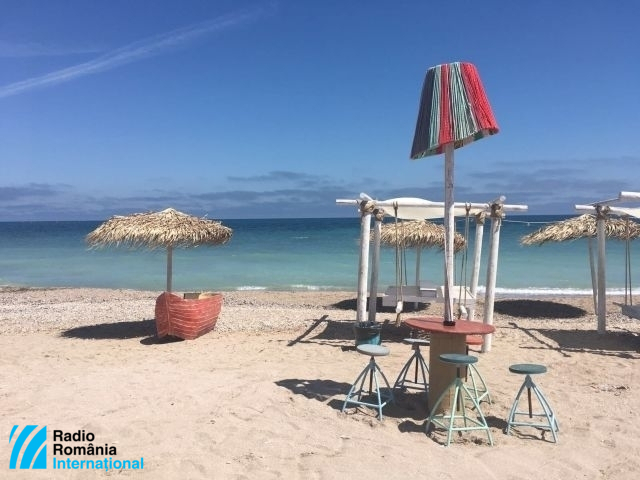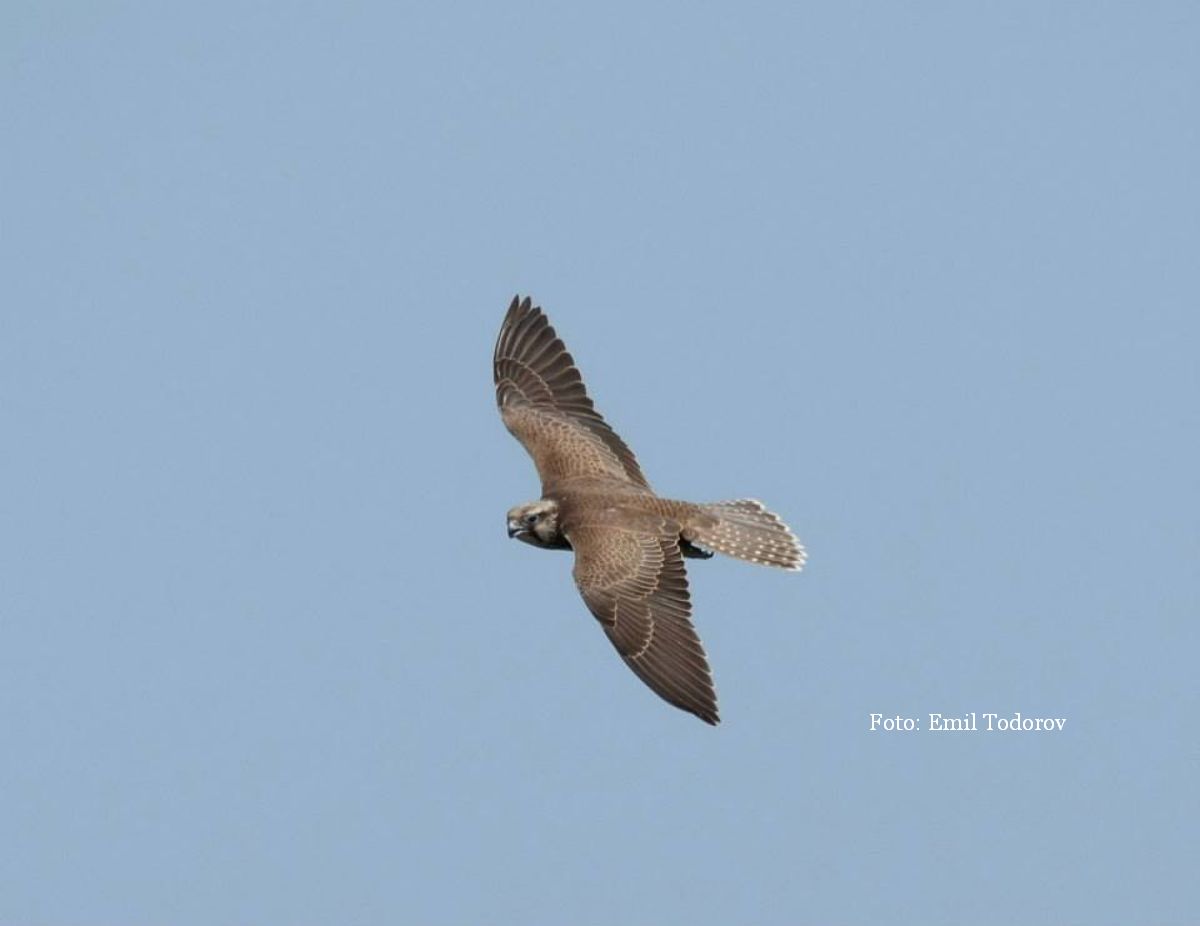Timisoara: the 2013 Earth Hour Capital
The western Romanian city of Timisoara has been chosen the countrys Earth Hour Capital in 2013, following a competition between Romanias environmentally friendliest cities.

România Internațional, 29.03.2013, 13:39
13 cities entered the competition this year, with three of them qualifying to the final stage. The Earth Hour Capital title was granted to the city whose inhabitants collected the largest quantity of used plastic bottles on one day. Timisoara, the winner, collected 3.6 tonnes of plastic bottles, followed by Botosani and Ploiesti. The competition was initiated by the World Wide Fund Romania in connection to Earth Hour on the 23rd of March. On this day, all lights are turned off for one hour to raise people’s awareness of environmental problems.
Timisoara’s deputy mayor, Dan Diaconu: “Speaking only about waste collection, Timisoara started implementing a dual recycling system as early as 2007, in which dry and wet waste is collected separately. The system works very well. Besides the citizens’ involvement in dual waste collection, Timisoara also has a modern waste sorting centre, one of the few in Romania that allows a high degree of waste recycling. In 2013, we plan to make an important investment in waste management infrastructure as part of a project aiming at the use of alternative fuel obtained from urban waste as energy. We plan to build a facility to this end and integrate it to the city’s electricity grid. We will build an electric and thermal station running on fuel obtained from the dry fraction of the waste collected in Timisoara. This project is very important for waste management and for reducing the costs of thermal energy for the population.”
A free of charge system for collecting waste and large electric and electronic equipment is also available to the inhabitants of Timisoara. Also, the city hall has started a number of projects relating to energy efficiency, the preservation of biodiversity, education and communication, projects which earned them a high score in this year’s competition among Romania’s most environmentally aware cities.
Dan Diaconu explains:“In the coming period we will implement solar panel installations to heat the water in most schools and public institutions, which also shows our interest in the environment. Moreover, in terms of light sources, Timisoara has replaced all of its mercury-vapour street lamps with sodium-vapour lamps and LEDs. Light sources have been virtually replaced with higher-end products, which has brought about a 30% drop in energy consumption from street lighting. Moreover, we have light fittings using photovoltaic cells in several parks of Timisoara. In terms of the local policy on climate change, beyond the improvement of public lighting, we seek to use renewable energy sources for public lighting and not only, given that there are quite a few photovoltaic parks outside Timisoara”.
In recent years, Romania’s green areas have grown increasingly smaller. The tendency at present is to expand the surface of these areas up to the European average of 26 square meters of green space per capita. Although Timisoara is generally known as a city of green shades and flowers, the city’s overall green canopy is far from being satisfactory, as Dan Diaconu told us.
Dan Diaconu: “Green spaces are one of Timisioara’s assets, because at present the total surface of green areas accounts for 550 hectares, without adding to that the Green Forest, which is under Timisoara’s administration. We are yet to reach the standard required by the EU, since at present Timisoara boasts 18 square meters of green area per capita. But we are hopeful of achieving this standard soon. What we’re talking about here is green areas set up by local authorities, because we cannot fully account for private green areas. Besides, the Green Forest has been left out of the original estimate. Green areas are not an issue. We have many parks, which is why Timisoara is known as the city of parks and flowers, but we do take an interest in this field and try to expand the city’s green and recreational areas. Furthermore, over the next 2 or 3 years we will try to complete the green belt of Timisoara, a project started out in previous years. For this year we intend to plant a couple of tens of thousands of shrub seedlings so as to be able to complete the green belt in a few years”.
With each year that goes by, Earth Hour, an event spearheaded and managed globally by the World Wild Fund for Nature, is building greater momentum. Since its first edition in 2007, when the residents of Sydney turned off non-essential lights, Earth Hour is now marked in 6,500 cities, in 153 countries. Nearly 2 billion people around the world now want to do something concrete to protect the environment.
Last year, in the first edition of the competition held in Romania, Bistrita was officially bestowed the Earth Hour City Award, with Timisoara and Iasi ranking second and third, respectively.






























